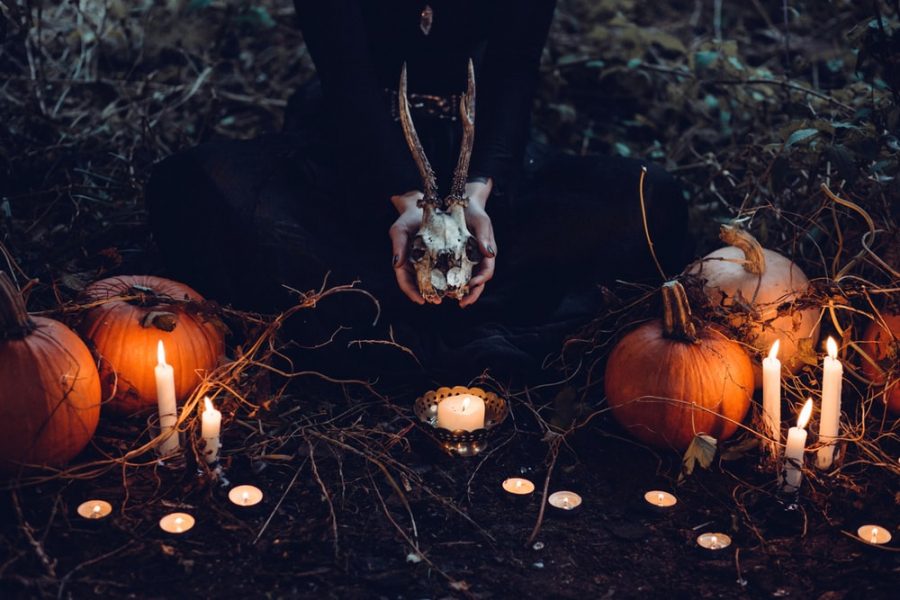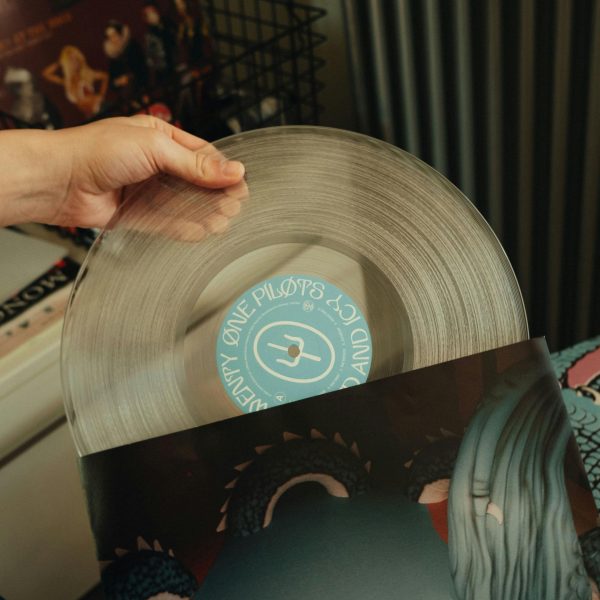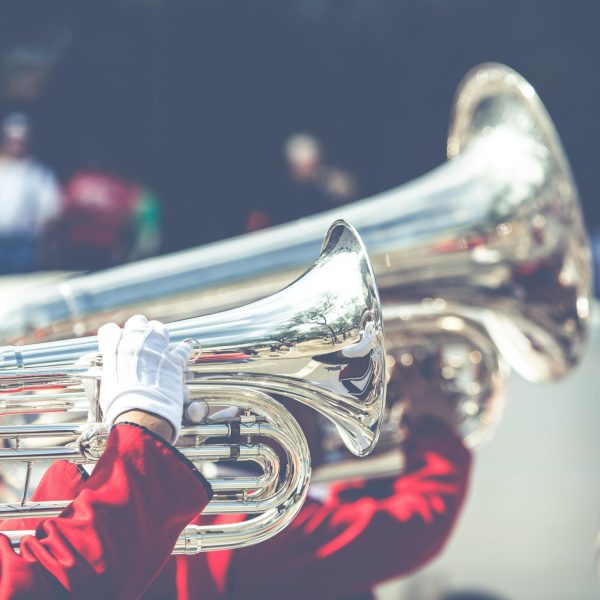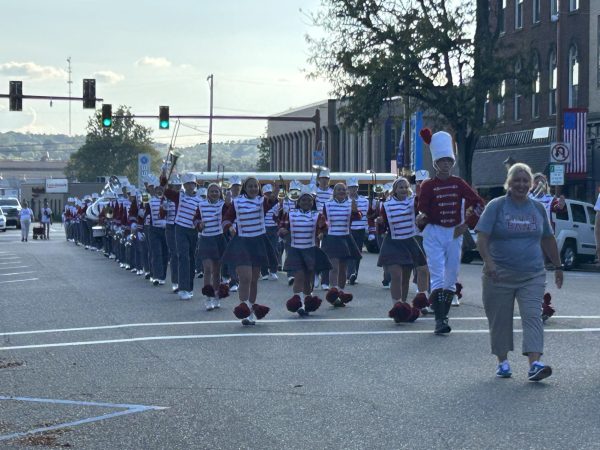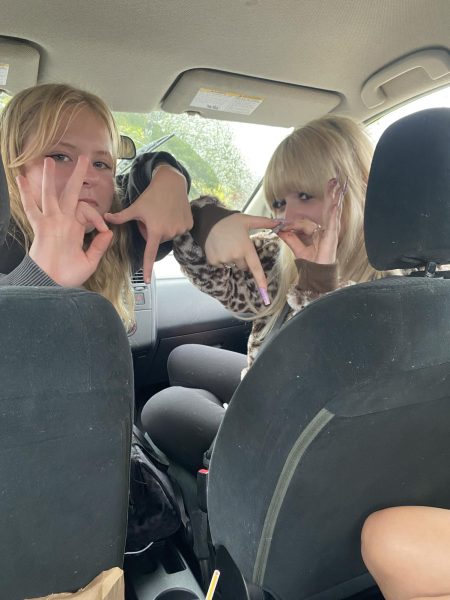Creepy Holidays
Everyone knows all the fun, wholesome holidays such as Valentine’s Day, Easter, Thanksgiving, and Christmas. Full of delicious food and spending time with friends and family, these holidays offer a great way to connect with others. There are, however, not so fun holidays that just give you the creeps. Here are a few of them:
Holiday 1 –
The first creepy holiday is Perchtenlaufen. Celebrated in Central Europe (most notably Germany and Austria) at the end of December and beginning of January, this holiday includes devil-like creatures that run down the streets with bells to ward off evil winter spirits. The word Perchtenlaufen relates to the Perchten (the plurality of both good and bad spirits) and can mean “the beautiful” and “the ugly.”
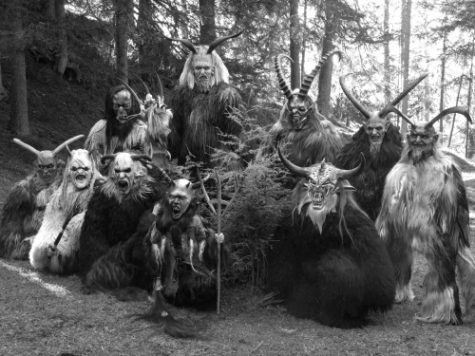
Holiday 2 –
Depending on what part of Germany you are in, the second scary holiday is referred to as Fasnacht, Fasnet, or Fasent. This holiday technically begins on November 11th at 11:11 AM, but the celebration can begin in early January to prepare for Lent. It is similar to what we Americans know as Mardi Gras or Fat Tuesday with a terrifying twist. People wear unsettling masks during the festivities to, once again, scare off evil spirits. There is also a ceremonial burning of a straw man called Nubbel on the last carnival night. According to popular belief, all sins and misconducts committed during the carnival are also destroyed and end with the Nubbel.
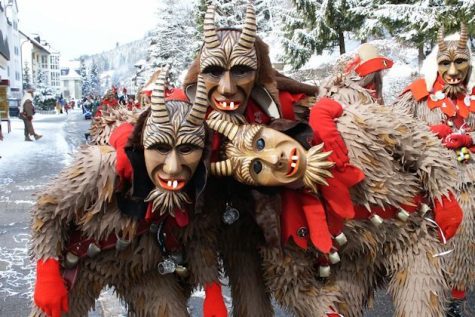
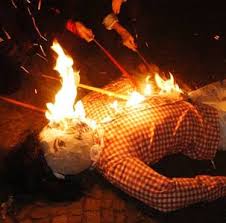
Holiday 3 –
The next creepy holiday is Easter in Spain. Now, you might think that Easter would not be creepy or terrifying in any way, but it is in Spain, mainly because of the capirote. The capirote is freakishly similar to robes worn by the Klan. This is scary enough already, but the history behind it is even creepier. From around 1478 to 1834, Spain was wrought by the Inquisition. The religious devotion, severe punishment, and redemption that symbolized these dark times lives on during the holiday. During Holy Week, people would punish themselves in order to be forgiven for their sins. In the past, this was demonstrated by the people whipping themselves while parading down city streets. The capirote is a costume fashioned after the dunce cap, a pointy hat worn in Medieval times that indicates shame or humiliation. Today, however, the capirote is worn as a symbolic, religious act. It has also come to be a part of Spain’s Catholic history, and few people still harm themselves during this time. And, despite their similarities, there is no link between the capirote and the Klan robes.
Holiday 4 –
The next unsettling holiday is the Hungry Ghost Festival. It is celebrated in many Asian countries, taking place on the 15th day of the 7th month of the lunar calendar (somewhere in late August and early September). This holiday is a Buddhist observance to commemorate the dead. It is unique because it is the only day in which it is believed the dead visit the living. Usually, not paying enough homage to the deceased ancestors is seen as starving them, so these ghosts are believed to be unable to swallow and have long, thin necks. Many people leave out elaborate food offerings to honor their dead relatives. This holiday can also include performances and bonfires.
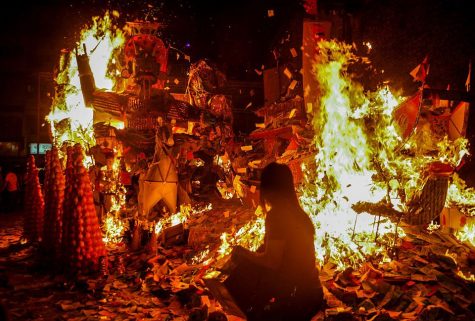
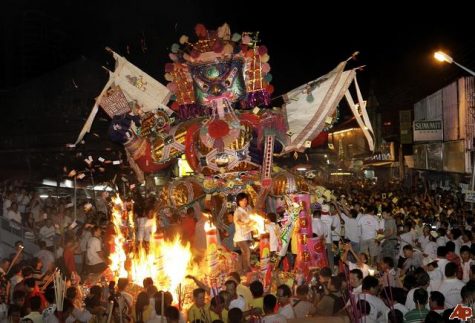
Holiday 5 –
The final creepy holiday is known as Bonfire Night or Guy Fawkes Night. Celebrated in England, it observes the failed attempt of a group of Catholic radicals trying to blow up the English House of Parliament. This holiday was created around the ritual burning of sculptures and statues of Guy Fawkes, who was the most memorable member of the group. It formerly had distinct anti-Catholic undertones that sometimes included burning models of the pope instead of Fawkes. Now, this holiday is generally celebrated with gigantic bonfires and fireworks displays. There is even a rhyme for this day. It goes: “Remember, remember, the fifth of November, the gunpowder, treason, and plot. I see no reason why gunpowder treason should ever be forgot!”
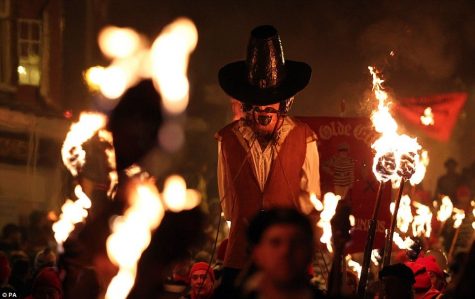

Tori is a senior and a second year Crimsonian member. She participates in student council, Concert Choir, Ars Nova and is a member and officer of National...

